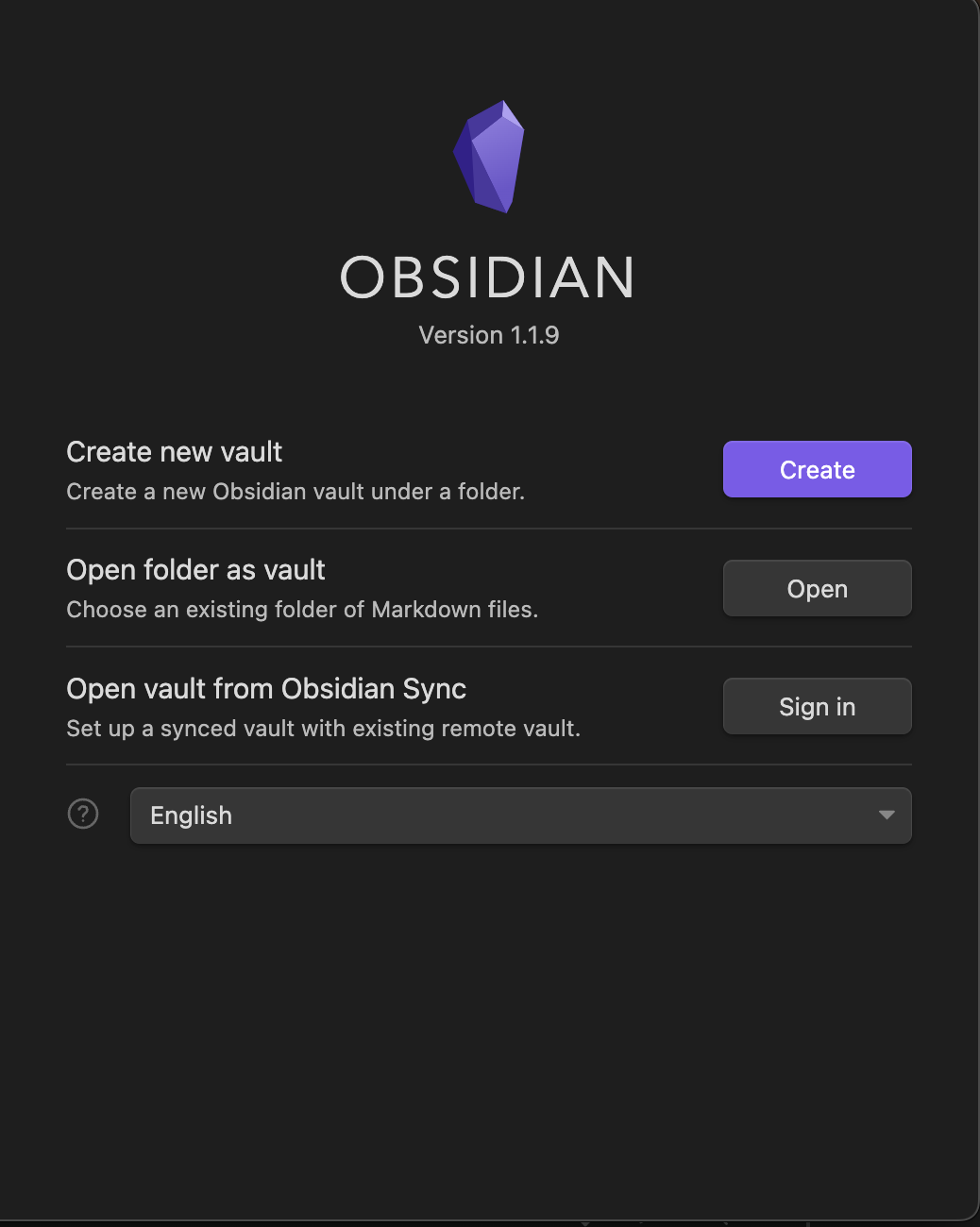Obsidian.md
Just over two years ago, my Ph.D. supervisor, Dr. Shawn Graham, introduced me to Obsidian.md, a simple program that acts like a browser for text files stored in folders on your computer. I haven't blogged about the software, or if I have, it has been in passing. But at the suggestion of Bill Caraher, Archaeology of the Mediterranean World, I will start blogging more about this software as it has become an intricate tool for my PhD research. Obsidian.md, founded by Erica Xu and Shida Li About - Obsidian, was created as a durable, note-making, knowledge management system where one can link individual ideas, thoughts, resources, or whatever you want to one another. Connecting and relating notes together is facilitated via Wiki Links, tags, and various other forms of metadata. The software, or the notes you make, are future-proof. Readable on any device or future devices. Obsidian.md continues to grow with a large community of developers creating plugins to personalize your vault ( and file storage) for individual needs.
At first, I was hesitant. I did not know what markdown language was, I did not code, nor do I now, and I was starting the arduous journey into my Ph.D. But I had notes in notebooks, on my reMarkable tablet and annotations in PDFs on my hard drive and in Zotero. Indeed, any attempt to find notes and connect them via notebooks and PDFs would be more strenuous than learning a new knowledge management system. Right? So I dove into the world of Obsidian.md and I have not looked back.
You do not need to know how to code!
What a relief. But code, primarily JavaScript and CSS, can be used to customize your vault, but in its purest form, you need to be able to type and learn a few basic markdown prompts (# = H1 or Header 1, *makes italics,* #Tags, and double brackets [[text]] for wiki links.). To begin and keep this first post manageable, I want to introduce some basic concepts at work in Obsidian.md. From this point, future posts will reflect on how I started using Obsidian and link it to how I use it today. I want to show my evolution as an Obsidian user, its potential, its limitations and how it continuously evolves. One can access many tutorials, YouTube videos, and GitHub repositories to learn how to use this program. Many individual themes can be applied to the software for your specific needs. That said, Obsidian.md is not strictly academic, though academic use is growing (I've used it for teaching my Digital History course this past semester). Instead, its intent is for personal knowledge management, ranging from organizing game notes such as Dungeon and Dragons to writing a monograph or journaling. Indeed, you can publish online, sync to devices and more. But maybe I should stop here before I get too deep into the software's functionality and bring it back to the basics. Below, I've answered some basic questions and provided a few screenshots. My apologies if you already knew all of this. I will dive deeper into how I use Obsidian in the next post. I don't want to drag out all the nitty-gritty of markdown, nor how to set the vault up. I'll let my favourite YouTube videos do that. Instead, I will jump into the meat of my vault in the next post.
What is a Vault?
Simple. It is a folder stored on your computer. And within that folder, you have sub-folders, and sub-folders, and more sub-folders...if you want, but I wouldn't recommend it.
What is a Note?
It is a file written in plain text (markdown) and stored in a folder in your vault.
What is Markdown?
Plain text that any computer can read but with the added functionality to insert formatting elements such as headers, wikis and italics, to name a few.
Where can I get Obsidian?
Obsidian - Sharpen your thinking
YouTube Resources for Obsidian.
A few channels on YouTube that provide excellent Obsidian.md content.
Linking Your Thinking - YouTube
What does it even look like?
The Vault prompt.
The first thing you see after you download and install the software.
What happens when I click Create New Vault?
This, but never mind the UnderhillWorkshop title. You can put your own in.
What does your Vault look like now, Scott?
That depends on how you want to view it. Below is part of a graph view.




